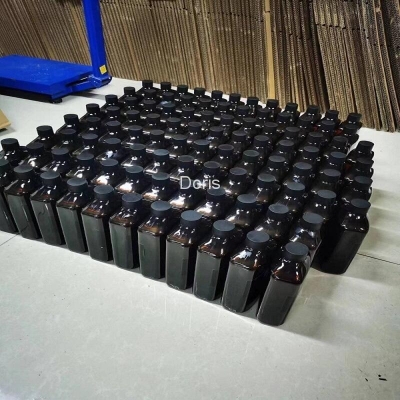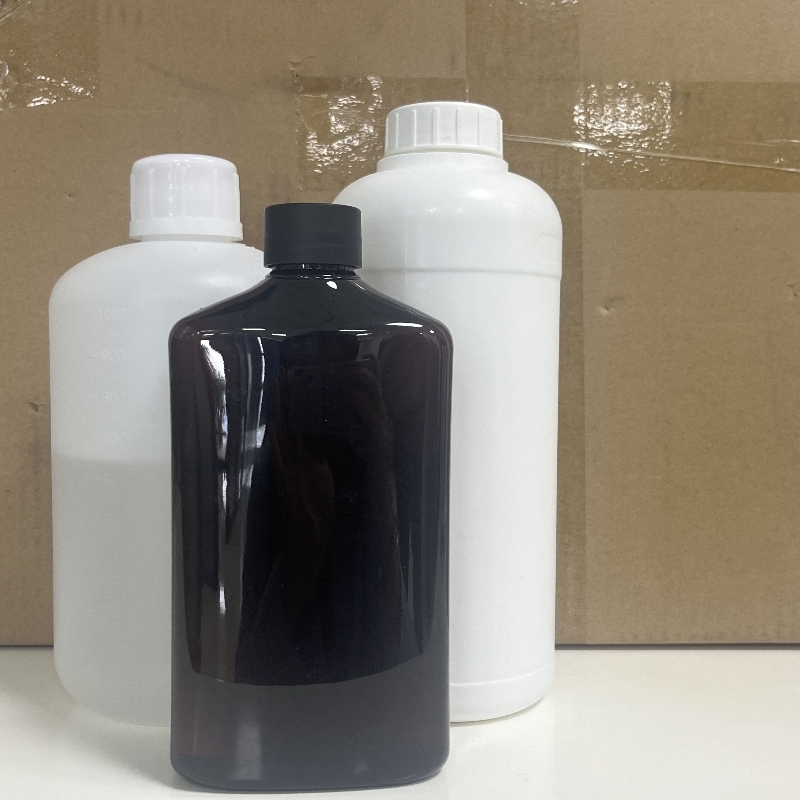Comparison of new drugs between China and Japan in 2015
-
Last Update: 2016-08-15
-
Source: Internet
-
Author: User
Search more information of high quality chemicals, good prices and reliable suppliers, visit
www.echemi.com
Source: minenet 2016-08-15 in March of this year, CFDA issued a circular on three technical guidelines, including guidelines for selection and determination of reference preparations for general oral solid preparations, which will "generic drugs approved for listing in the European Union, the United States and Japan and obtained the status of reference preparations" It is defined as the internationally recognized drug of the same kind, and will be used as the reference preparation for domestic consistency evaluation in parallel with the original research drug This is the first time to put the drugs of neighboring Japan and Europe and the United States on a horizontal line as a model to be copied As a traditional pharmaceutical power, Japan has many influential world-class pharmaceutical enterprises Among the top 50 global pharmaceutical companies listed by pharmaceutical managers every year, Japanese companies have been resident here for many years In 2015, eight companies were selected into the top 50, which is equal to 2014, accounting for 16% Although Takeda, the leading pharmaceutical company in Japan, fell one place, the proportion of prescription drug sales and R & D investment was almost equal to that in 2014 Japanese enterprises accounted for 8.1% and 9.9% of the top 50 enterprises respectively In terms of the proportion of R & D investment of Japanese enterprises in the sales of prescription drugs, the proportion of the other six enterprises is higher than 20%, with the highest proportion being 26.7% of Weicai The sustained and high R & D investment has brought good returns to Japanese enterprises For example, liangpropillin (trade name: inaraton), which is the best-selling product in the domestic market, is the original research product of Takeda Currently, it is listed in more than 80 countries and is the gold standard for prostate cancer treatment The acquisition of Japanese innovative drugs not only comes from independent research and development, but also from M & A In 2008, Takeda purchased Millennium pharmaceutical, an American biotechnology company with a blockbuster anticancer drug Wanke (bortezomib), for us $8.8 billion As the world's first cancer drug targeting protein enzymes, Wanke earned a lot for Takeda In 2015, its sales reached 152.7 billion yen Abilifly (aripiprazole) is the original research drug of Otsuka, Japan It is the world's best-selling drug for mental diseases Its peak sales reached 575.7 billion yen in 2013 Of course, opdivo, the most popular PD-1 inhibitor, was first approved in Japan in July 2014 It is a drug for melanoma jointly developed by Ono pharmaceutical and medarex company After Shiguibao acquired medarex, opdivo was jointly developed by Ono and Shiguibao There are many examples like this Recently, the article "global analysis of new drugs under research 2016" published in the pharmaceutical economic newspaper showed that the number of research projects of the above-mentioned Japanese enterprises in 2016 was mostly higher than that of last year, highlighting their confidence in the future market Continuous investment has obtained continuous new drug listing From the approved drug information of Japan in 2015, there are 105 approval information in the whole year, including 49 new approval information, including 33 drugs with new active ingredients In addition to the drugs owned by foreign companies or their branches in Japan, 16 of them are Japanese Enterprises Among them, lenvatinib, an ambitious thyroid cancer drug, was created to cope with the expiration of its best-selling drug patent The lenvatinib of Weicai was approved by Japan in March, and the lennima (lenvatinib) with orphan drugs and priority status was approved by the FDA one month ago Weicai predicts that the annual sales peak of lenvatinib will reach as much as US $1 billion, becoming the company's new "cash cow" We can also see other important information in the approved drugs in 2015 For example, in 105 pieces of information, there are 24 drugs with orphan drug titles, 12 of which are owned by new active ingredient drugs, others are new combination drugs or new indications, etc.; in addition, there are 4 drugs with accelerated review qualification and 6 drugs with priority review qualification In many approval information, in addition to the approved new active ingredients, the information of increasing indications and dosage takes up a lot of space In addition, there are new drug combinations and new dosage forms and other information In terms of treatment categories, the most approved information is tumor drugs, with 22 items; the next is antiviral drugs, of which ozenoxacin is of great concern It is a relatively popular new type of fluoroquinolones free antibacterials with broad-spectrum antibacterial activity On May 27, this year, CFDA also approved the class 1.1 new drug, nanofloxacin malate, from Xinchang pharmaceutical factory of Zhejiang medicine, which belongs to fluoroquinolones free antibacterial drugs and is effective against a variety of resistant bacteria, such as methicillin resistant Staphylococcus aureus, quinolones resistant Staphylococcus aureus and quinolones resistant Streptococcus pneumoniae In China, in 2015, the company obtained 342 drug approvals, including 266 preparation approvals and 76 API approvals It involves 138 varieties, including various dosage forms and specifications, including 93 chemical drugs, 26 traditional Chinese medicine and 19 biological drugs (including detection kits) The most approved varieties of traditional Chinese medicine are rupishu tablets (13 in total), which are also clinically used for breast hyperplasia and mastitis The specifications of 13 enterprises vary from 0.4g to 0.52g for each tablet, while the concentration of approvals for chemical and biological drugs is relatively small In 2015, the number of original innovative drugs approved was a little embarrassed, and the only one worthy of praise was in the field of biopharmaceutics With the approval of Sabine polio inactivated vaccine and enterovirus 71 inactivated vaccine, it marks that China has reached the international leading level in this field However, compared with the approval documents of the world's best-selling drugs, such as etanercept and Lek, which are successively obtained in Europe and the United States by the neighboring Korean bio pharmaceutical enterprises, there is still a big gap In the field of orphan drugs, the gap between domestic enterprises and Japanese enterprises is even greater In terms of R & D investment, the gap between us and developed economies is not small According to the data in the current statements of listed companies, except for a few enterprises whose R & D sales investment ratio is in double digits, the vast majority of them are in single digits 2015 is the year of consistency evaluation in China In order to improve the quality of review and approval, solve the backlog of registration applications, improve the quality of generic drugs, encourage research and create new drugs, the state has successively issued a number of policies with far-reaching impact on the next few years From the second half of 2015 to this year, hundreds of enterprises withdrew a large number of drug registration applications, demonstrating the strength of policy implementation The bow does not turn back The brave win at the critical moment After more than 30 years of rapid development in China, the reform has entered the deep water area The pharmaceutical industry can no longer grow savagely, and the phenomenon of bad money expelling good money should disappear It is inevitable to eliminate vicious competition and support powerful enterprises or institutions to innovate At present, the policy has been prepared, and relevant mechanisms and environment have been gradually formed Whether the concept of the enterprise as the carrier of original research and innovation keeps up with it has become the key to China's transformation from a pharmaceutical power to a pharmaceutical power, and perhaps also the key to whether domestic enterprises can become members of the top 50 global pharmaceutical enterprises.
This article is an English version of an article which is originally in the Chinese language on echemi.com and is provided for information purposes only.
This website makes no representation or warranty of any kind, either expressed or implied, as to the accuracy, completeness ownership or reliability of
the article or any translations thereof. If you have any concerns or complaints relating to the article, please send an email, providing a detailed
description of the concern or complaint, to
service@echemi.com. A staff member will contact you within 5 working days. Once verified, infringing content
will be removed immediately.







